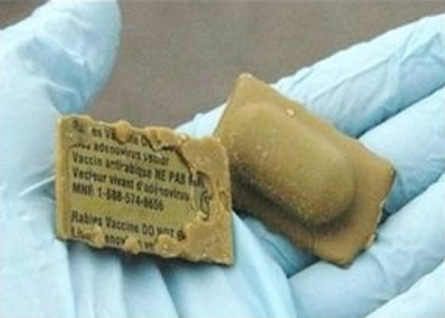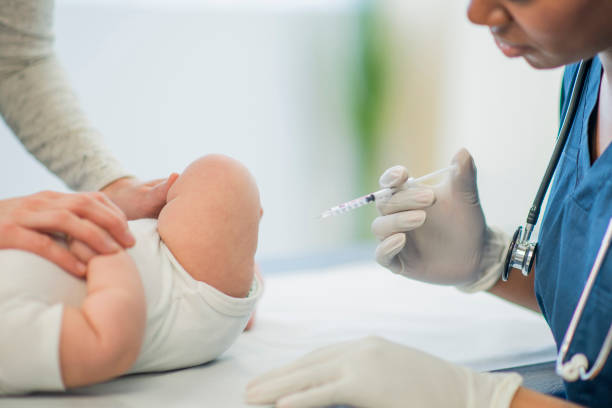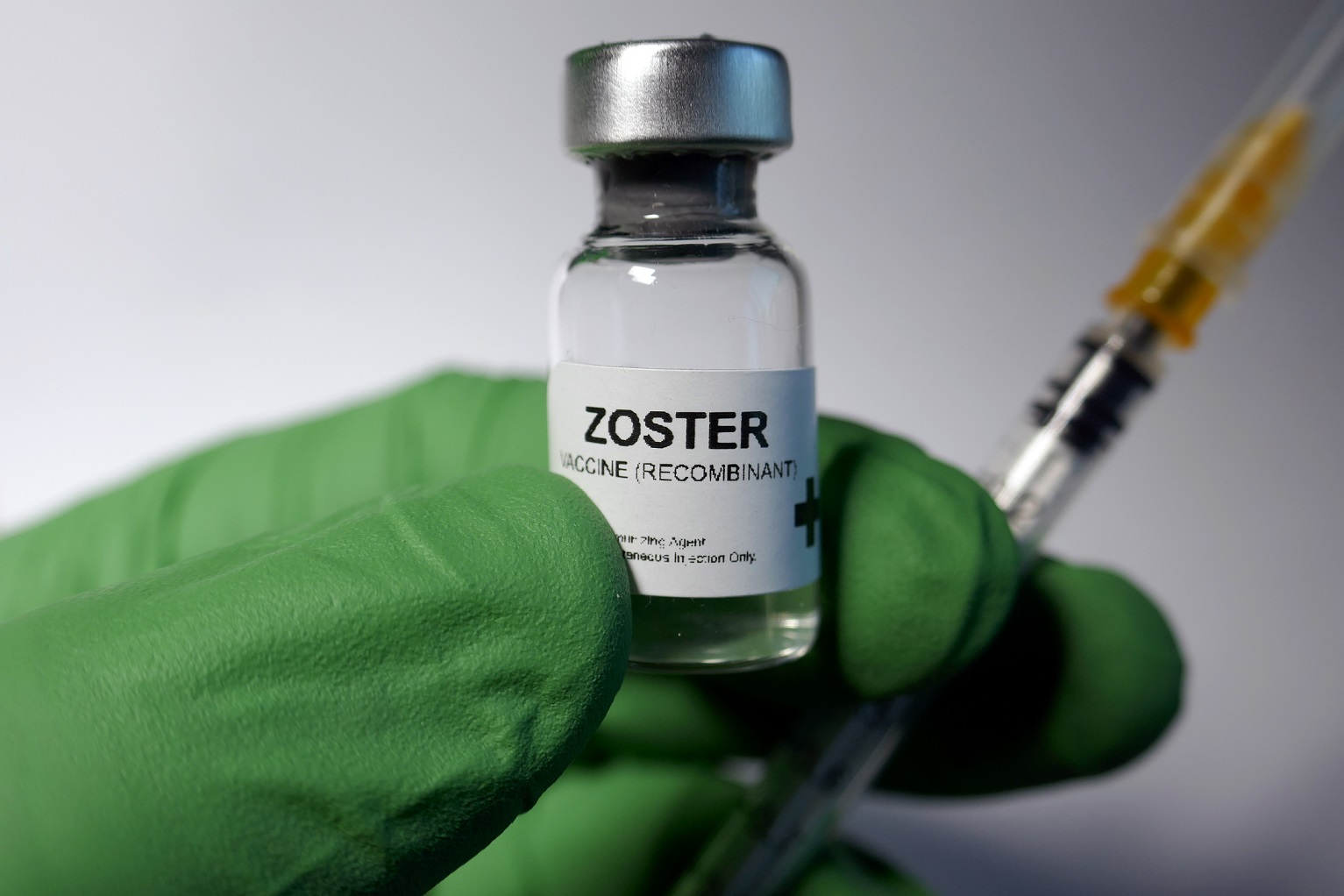On May 5, 2025, the U.S. Department of Agriculture (USDA) Wildlife Services (WS), in coordination with the Vermont Department of Health, conducted a spring rabies vaccine bait drop to help combat rising rabies rates among wildlife in Vermont.1
According to Natalie Kwit, state public health veterinarian with the Vermont Health Department, rabies cases have been on the rise in Caledonia, Chittenden, and Franklin counties over the past several years. She stated:
Rabies cases have been on the rise in Caledonia, Chittenden and Franklin Counties over the past several years. When eaten by wild animals, the vaccine bait helps prevent the spread of rabies, protecting people and domestic animals who may come into contact with them.2
Since March 2022, the health department said that authorities have confirmed 95 rabid animals in the area, including 58 raccoons, 21 skunks, eight bats, three foxes, three woodchucks, a bobcat, and a rabbit. Before this outbreak, officials had not detected any rabid land mammals in these counties since 2017.3
Oral Rabies Vaccine Bait Drops
Now in its third consecutive year, the spring bait drop supplements the annual rabies vaccine baiting effort held each August. Crews drop the oral rabies vaccine, which is designed to attract raccoons and skunks, from low-flying airplanes in rural areas, from helicopters in suburban areas, and by hand from slow-moving vehicles in residential neighborhoods.4
According to the Vermont Health Department, rabies causes fatal illness in both humans and animals if left untreated. Infected animals primarily transmit the virus through bites. In Vermont, raccoons, skunks, foxes, bats, and woodchucks are the species most commonly diagnosed with rabies. Pets and livestock also risk contracting the disease.5
Each bait consists of a small packet containing an oval blister, coated in a sweet-smelling, waxy green substance. The flat surface features a label printed in both English and French. Officials emphasize that the vaccine bait packs are not poisonous and pose no harm to people, pets, or wildlife; however, they advise the public to avoid handling the bait unless absolutely necessary. Leaving the packs undisturbed increases the chances they will be consumed by targeted wildlife. If a bait must be moved, officials recommend using gloves or a plastic bag. In cases where a pet eats a bait pack or a child brings one home, residents are urged to contact the Vermont Rabies Hotline.6
USDA Expanded Use of Experimental Rabies Vaccine to Target Rising Wildlife Cases
In 2019, WS expanded its rabies control program using an experimental oral rabies vaccine, a human adenovirus type 5 rabies glycoprotein recombinant vaccine, called ONRAB to curb the spread of the disease among wildlife, particularly raccoons. The vaccine, developed by Artemis Technologies, Inc., was distributed across several states including Vermont, Maine, and West Virginia, using both aerial and ground methods. Officials aimed to improve immunity levels in raccoon populations, as the previously used V-RG vaccine proved insufficient in eliminating raccoon rabies, despite past successes with other rabies variants.7
Field trials for ONRAB began in 2011 and, by 2019, increased rabies cases—such as in 14 confirmed rabid raccoons in Monongalia County, West Virginia—prompted renewed bait drops in affected areas. The same safety precautions were emphasized during the USDA’s 2019 bait drop efforts, particularly in West Virginia, where officials advised against handling the baits and recommended using gloves or plastic bags if relocation was necessary.8
A 2019 study investigating residual impact of ONRAB shedding on wildlife populations found that:
ONRAB® DNA was detected in both oral and rectal swabs from 6 h to 3 days post-inoculation in most animals, followed by a resurgence of shedding between days 17 and 34 in some species. Overall, the duration over which ONRAB® DNA was detectable was shorter for non-target mammals, and by day 41, no animal had detectable DNA in either oral or rectal swabs.9
Researchers concluded that ONRAB oral rabies vaccine is shed from, but does not persist in, captive mammals and that “These results support findings of other safety studies suggesting that ONRAB® does not persist in vector and non-target mammals exposed to the vaccine. As such, we interpret these data to reflect a low risk of adverse effects to wild populations following distribution of ONRAB® to control sylvatic rabies.”
If you would like to receive an e-mail notice of the most recent articles published in The Vaccine Reaction each week, click here.
Click here to view References:1 Vermont Department of Health. Early Wildlife Vaccine Drop to Help Prevent the Spread of Rabies. May. 1, 2025.
2 Ibid.
3 Ibid.
4 Ibid.
5 Ibid.
6 Ibid.
7 Regulations.gov. Environmental Assessments; Availability, etc.: Oral Rabies Vaccine Program.
8 Ibid.
9 Sobey KG, Jamieson SE, Walpole AA et al. ONRAB oral rabies vaccine is shed from, but does not persist in, captive mammals. Vaccine 2019; 37(18): 4310-4317.











